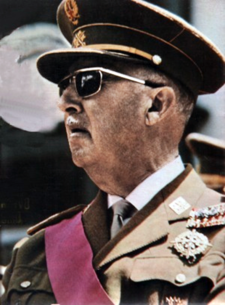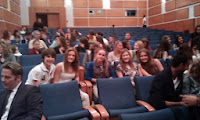Granada
 |
| Image from http://objetivogranada.ideal.es |
Granada is a spanish province. It was
capital of Ziri's Kingdom on the XI century and of Nazari's Kingdom
between the centuries XIII and XV. After the conquest of the city by
the Catholic's Kings, it was the capital of the Castilian Kingdom.
Granada is a tourism receptor due to its monuments and its proximity
to a professional ski slope and the historic zone called La Alpujarra
and the Costa Tropical. Now it population is about 500,000. Granada
have sport clubs of many sports.
| Image from http://commons.wikimedia.org |
1. How much population it have?
a) 1,000,000,000
b) 50
c) 500,000
d) 250,000
2. It was capital of...
a) Ziri's Kingdom.
b) Nazari's Kingdom.
c) Castilian Kingdom.
d) Everything after.
3. How is called the historic zone?
a) El Trabuco de Pernanbuco.
b) La Alpujarra.
c) El Santiago Bernabéu.
d) El Alcaudete.
























